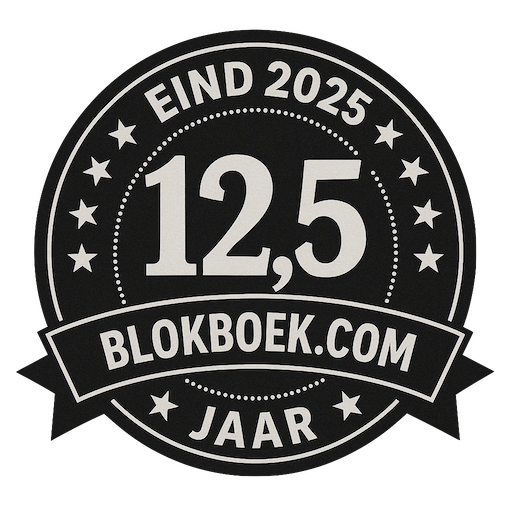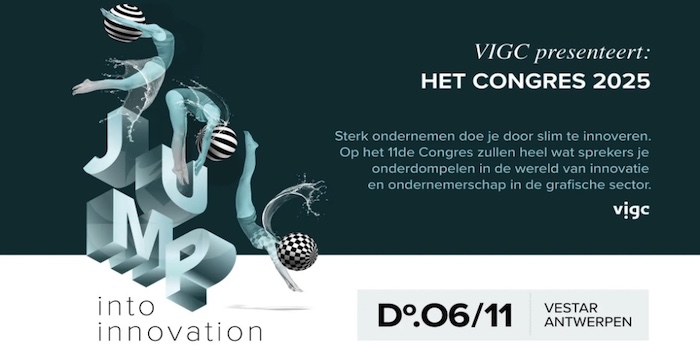Laurel Brunner: Sustainable by Design
 We go on a lot about what printers can do to reduce their environmental impact. But we hardly ever mention the contribution graphic designers make to sustainability. As with colour management, a designer’s decisions during the creative stages of a project, can have a profound impact on the recyclability of the final results. Don’t let anyone tell you that making informed choices compromises a designer’s creativity. For those designers who take the trouble to get informed, the opposite is more likely.
We go on a lot about what printers can do to reduce their environmental impact. But we hardly ever mention the contribution graphic designers make to sustainability. As with colour management, a designer’s decisions during the creative stages of a project, can have a profound impact on the recyclability of the final results. Don’t let anyone tell you that making informed choices compromises a designer’s creativity. For those designers who take the trouble to get informed, the opposite is more likely.
The most important consideration of all is to select the print method best suited to the project. Consider this in the context of minimising waste and encouraging recycling. If the project is for a limited number of copies, the obvious choice is digital: produce only what you want and produce it close to end users.
Litho printing uses a lot of energy and consumables, but will be the preferred choice for longer runs because the energy per copy will be less. Litho often gets accused of producing excess waste, but modern press control systems have made makeready much quicker and less wasteful than it used to be. Perhaps the biggest consideration when using litho, is to work with a printing company located close to where you want your documents. Transporting print products to remote locations, involves emissions and pollution that with a little planning you can probably avoid.
Litho consumables such as blankets and printing plates, are widely recycled. Traditional offset inks based on petroleum are noxious, but they can be recycled for instance as low grade fuel, or mixed to create new black ink. Petroleum based inks also emit Volatile Organic Compounds (VOC) which are serious pollutants and toxic to human health. The more sustainable alternative is to use vegetable oil based inks which contain fewer unpleasant chemicals than inks based on petroleum.
For short run work printed digitally the quality expectation and format will help the designer decide whether to go inkjet or toner. In either case consider the waste policies of the printer and the manufacturer who supplies the machine. Are ink containers recycled? Or are they sent to landfill? Environmentally aware printers will have processes in place to ensure that waste chemicals can be recycled or processed into non-hazardous materials. And are there processes in place to recycle wooden pallets or plastic packaging? Asking about these policies can help simplify investment decisions.
Designers should also be thinking about the substrates they want to use. Apart from the fact that the substrate influences colour appearance, environmentally aware designers will want to use a material and printing process that discourages waste and encourages recycling. Can the substrate be recycled? Does the printing method avoid waste? Consider ink coverage in the design and manage colour so that ink usage is optimised.
Considerations such as these and many others are not raised often enough in the initial stages of print media creation. However a designer’s choices can improve the environmental impact of their projects. And very likely those choices will also improve the colour quality of their work.
Laurel Brunner
The Verdigris project is an industry initiative intended to raise awareness of print’s positive environmental impact. It provides a weekly commentary to help printing companies keep up to date with environmental standards, and how environmentally friendly business management can help improve their bottom lines. Verdigirs is supported by the following companies: Agfa Graphics, Digital Dots, EFI, Fespa, Heidelberg, HP, Kodak, Ricoh,Splash PR, Unity Publishing and Xeikon.

De trainingen voor 2022 staan gereed. Kijk voor het volledige online aanbod van bestaande- en nieuwe trainingen op de website.
BLOKBOEK.COM EN PRINTMEDIANIEUWS: HET OPTIMALE DOELGROEP BEREIK



















